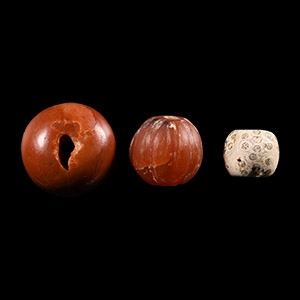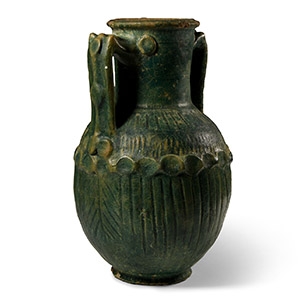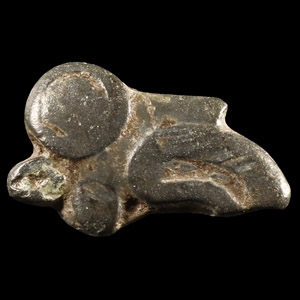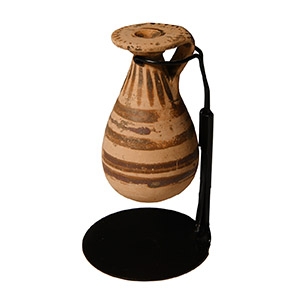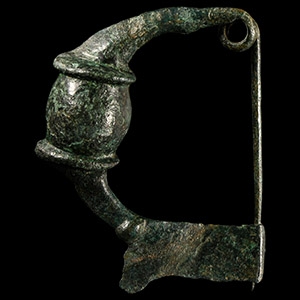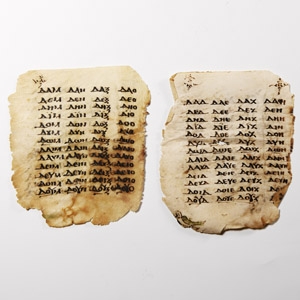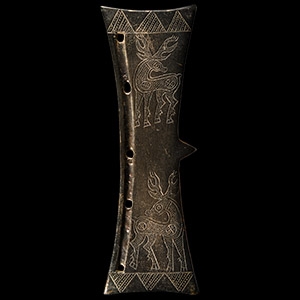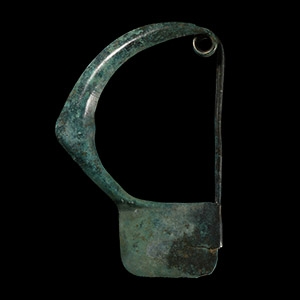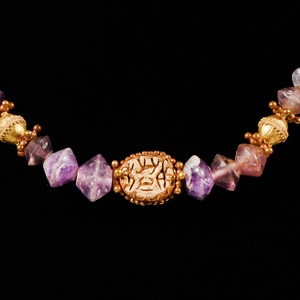Home > Auctions > 5 - 9 September 2023
Ancient Art, Antiquities, Natural History & Coins
Auction Highlights:
From the family collection of a Surrey gentleman since before 1960.
Cf. Moon-Ja, K., ‘A study on Ancient Fibulae’ in IJCC, vol.8, no.2, 2005, pp.71-84, fig.3, for the type.
The function of the catch-plate fibulae was utilitarian and decorative, they were used for woollen clothing (Herodotus V, 87) and they have been found in houses, tombs and as votive offerings in sanctuaries. This typology was introduced in South Italy by the Greeks, and was widespread in the Magna Graecia. Like all female fibulae, it functioned as a clothing fastener, usually worn as a pair on each shoulder.
Acquired 1960s-1990s.
From the late Alison Barker collection, a retired London barrister.
Acquired 1970s-1996.
Property of a North American collector.
London collection, 2016.
Hani Farsi collection, London, UK.
Acquired Christie's, King Street, London, circa 1990.
Ex central London gallery.
Cf. similar item in the Yale University Art gallery under accession number 1938.4835, from the excavations at Dura-Europos.
Acquired in the 1960s.
Private collection, Wein, Austria.
Ex private Merseyside, UK, collection, since 2014.
Accompanied by an old identification ticket.
Acquired 1980s-1990s.
From the H.N. collection, Milton Keynes, Bedfordshire, UK.
Cf. a similar Etrusco-Corinthian alabastron in Princeton University Art Museum, inv. no.y1959-23.
The alabastron takes its name from the material (alabaster) from which it was originally produced by the people who inhabited Mediterranean Africa from where it spread in the classical world. From an archaeological point of view, our specimen belongs to the first type of alabastrons, a conventional form of Corinthian origin, widespread throughout Greece from the second half of the 7th century BC. to the mid-6th century B.C., characterised by an elongated body with a maximum diameter towards the base, and continuous profile. It seems to be an Etrusco-Corinthian variant.
From the family collection of a Surrey gentleman since before 1960.
Cf. Furtwängler, A., Olympia. Die Ergebnisse der von dem Deutschen Reich veranstalteten Ausgrabung, Band 4. 2 Bände (Textband, Tafelband), Asher, Berlin, 1890, pl.XXII, nos.367, 368, 369, for prototypes.
The distinctive form of this fibula seems to be an Italic variant of characteristic Geometric period examples from Thessaly that have been discovered in large numbers, for example in the sanctuary of Zeus Thaulios near Pharos. It belongs to the category of Greek catch plate brooches, although the rectangular footplate is substantially reduced than the Greek prototypes, and the two grooves on the bow are narrower than the continental Greek ones.
Acquired 1970s-1996.
Property of a North American collector.
London collection, 2016.
Ex old English collection.
London art market, 1980s.
From the family collection of a Surrey gentleman since before 1960.
Cf. Moon-Ja, K., ‘A study on Ancient Fibulae’ in IJCC, vol.8, no.2, 2005, pp.71-84, fig.3, for the type.
The function of this type of fibula was utilitarian and decorative: they were used for woollen clothing (Herodotus V, 87) and they have been found in houses, tombs and as votive offerings in sanctuaries. This typology was introduced in South Italy by the Greeks, and was widespread in the Magna Graecia. Like all female fibulae, it functioned as a clothing fastener, usually worn as a pair on each shoulder.
Private UK collection formed 1990s-2000s.
Property of an East Sussex, UK, teacher.
Acquired 1970s-1996.
Property of a North American collector.
London collection, 2016.
Cf. Despini, A., Greek Art. Ancient Gold Jewellery, Athens, 1996, items 125, 126, for type.
349 - 360 of 2453 LOTS

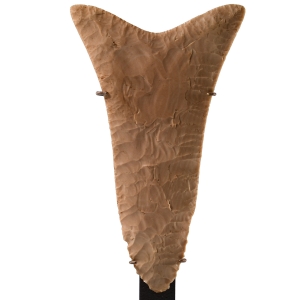
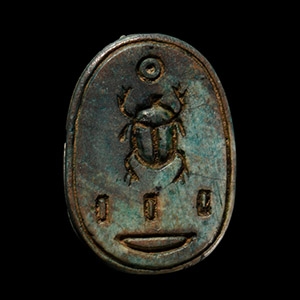
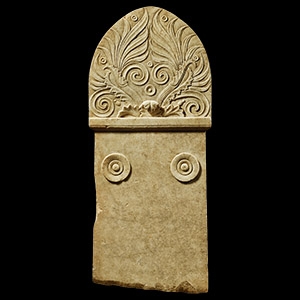
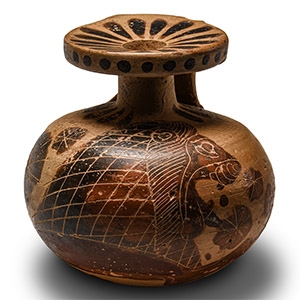
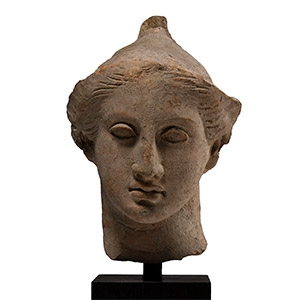
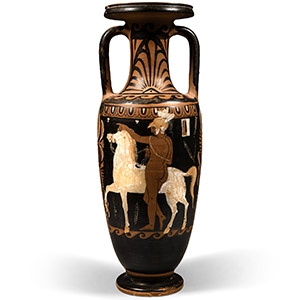
.jpg)
.jpg)
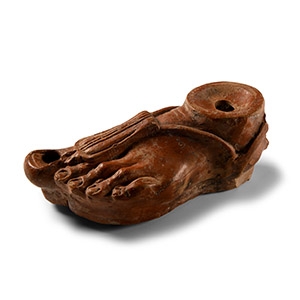
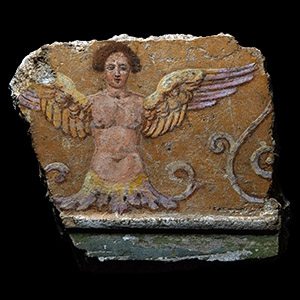
.jpg)
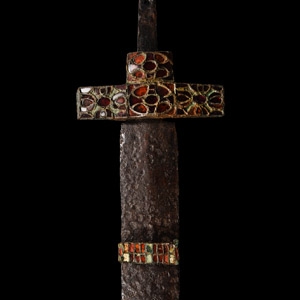
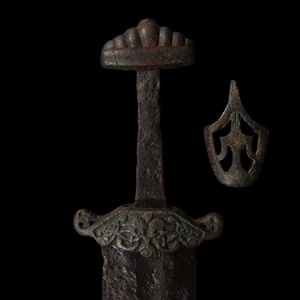
.jpg)
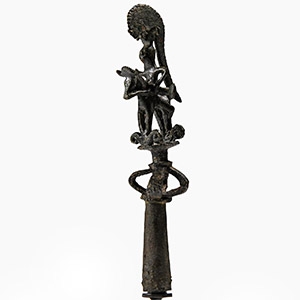


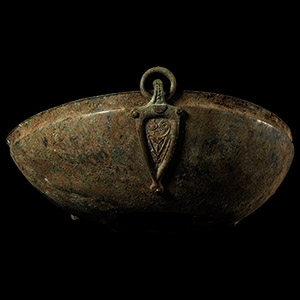
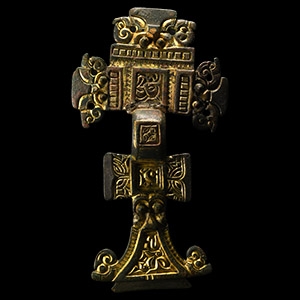
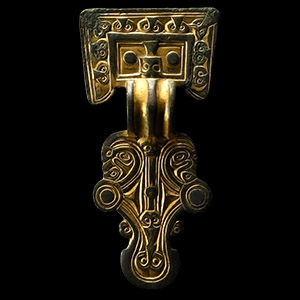
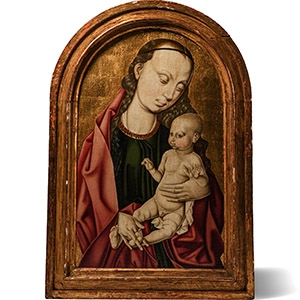

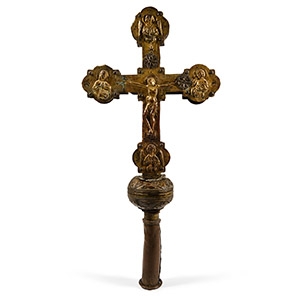
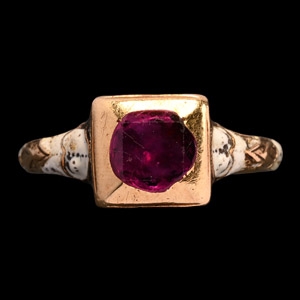
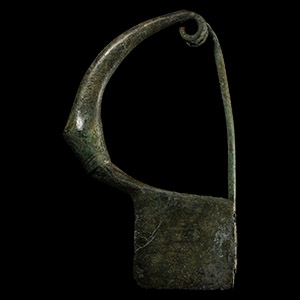
.jpg)
